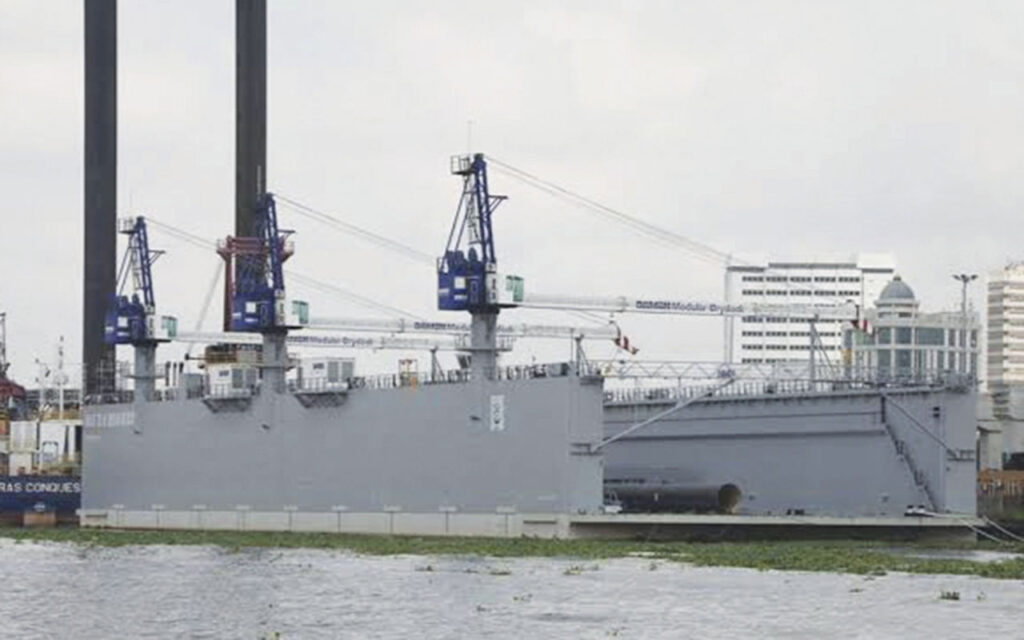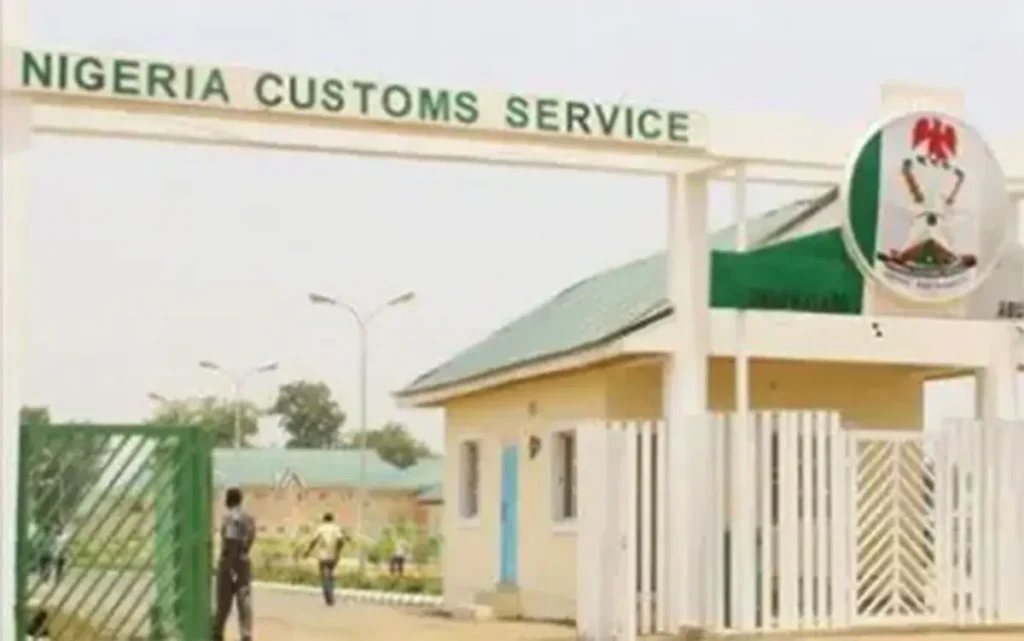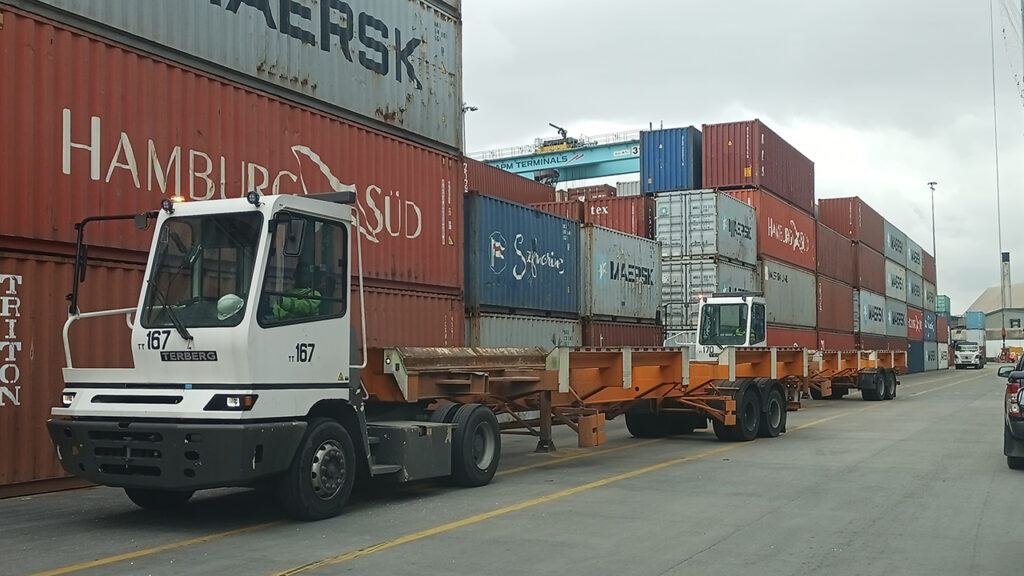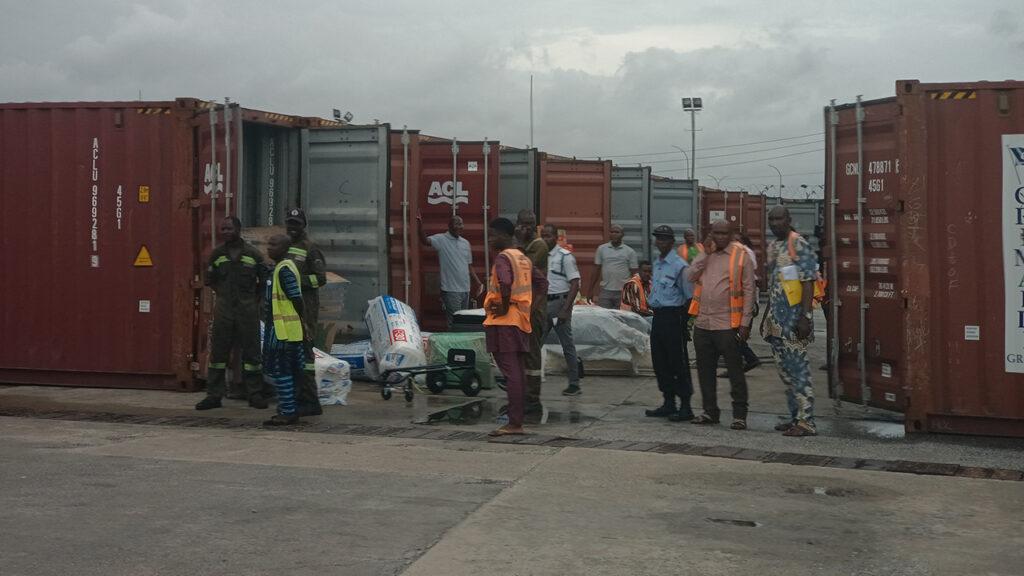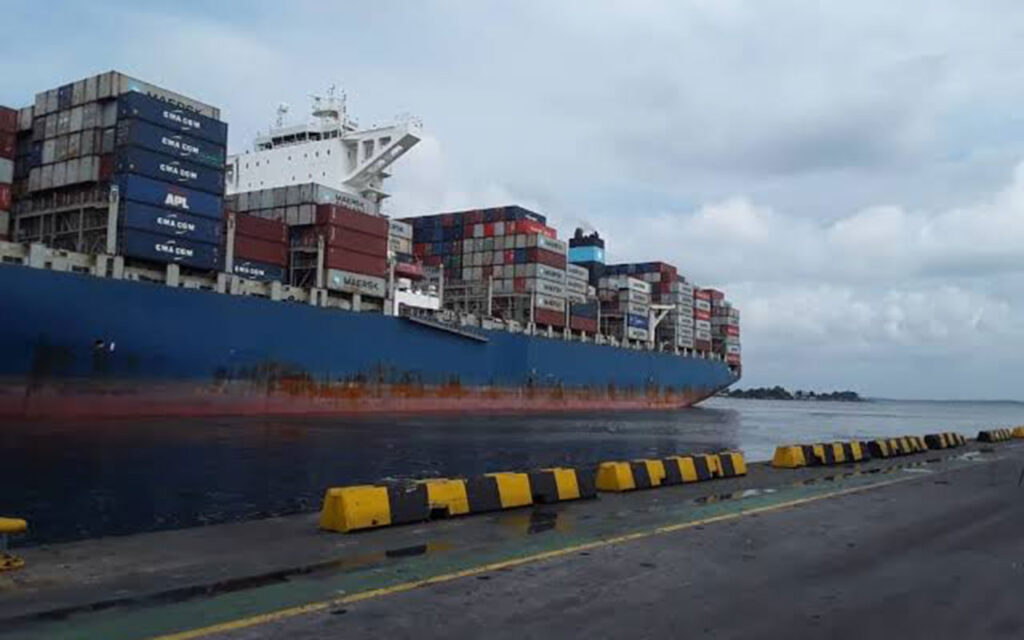 Apapa expansion gulps $330m in nine years
Apapa expansion gulps $330m in nine years
THE management of APM Terminals has placed order for 16 new advanced Rubber-Tire Gantry cranes (RTGs) as part of ongoing expansion scheme in Apapa, Nigeria and Algeciras, Spain.
According to the company, the new 16-wheeled RTGs, to be manufactured by Konecranes, will offer a lifting capacity of 41 tons, and the ability to maneuver containers into stacks five containers high.
Twelve of the RTGs are scheduled for delivery to APM Terminals Algeciras, in Spain, while the remaining four are destined for APM Terminals Apapa, Nigeria, with one-year delivery period.
The development will bring the total RTG fleet at APM Terminals Apapa to 14.
Already, the company has invested about $330 million in developing, upgrading and modernising its facilities since assuming the concession process in 2006.
APM Terminals also operates the West Africa Container Terminal (WACT), located in the Onne Oil and Gas Free Zone. The West Africa Maximum (WAF-Max) vessels of 4,500 TEU (Twenty foot Equivalent Units) capacity have begun to call WACT, where APM Terminals has committed to an investment of $30 million for port modernization and upgrades.
Meanwhile, the proposed new mega-port at Badagry, located 55 km west of Lagos, is scheduled for 2019 phase 1 opening in 2019.
APM Terminals Algeciras, the largest container terminal in the Western Mediterranean market, recently completed upgrading cranes and quay infrastructure to accommodate Ultra-Large Container Ships (ULCS) of 18,000+ Twenty-foot Equivalent Units (TEU) capacity, some of which now call the terminal weekly.
A statement issued by APM Terminals Director, External Communications, Tom Boyd explained that in addition to heightening four existing cranes in 2014, four new Ship-to-Shore (STS) gantry cranes were delivered last May.
The Federal Government of Nigeria recently identified APM Terminals Apapa Limited as one of the top 100 companies operating in Nigeria.
The Chief Executive Officer, Financial Reporting Council of Nigeria, and Chairman of the selection committee, Jim Obaze, explained that the aim of the selection process is to encourage highly performing companies to further contribute to the economy in more significant ways.
Among the top 100 companies unveiled by the selection committee include APM Terminals Apapa Limited, Dangote Group, Chevron, MTN, First Bank Plc, Nigerian Breweries Plc, and Flour Mills.
Obaze said a lot of companies sprang surprises by making it to the top 100 lists. Some of these companies, according to him are Dolphin Foods, Chi-Group, Mamuda Industries, Eko Supreme, Indorama Eleme Petrochemical Ltd, Elizade, UAC Plc, Bolawole Enterprises, and Wemco Metal Products.
He said the committee considered a lot of criteria based on international best practices before the companies were “carefully” selected.
He said the celebration of these companies would promote business enterprise in Nigeria, foster socio-economic development and improves the general well being of Nigerians.
Some of the criteria, according to him are amount of turnover, level of investment in the country, and number of jobs so far created in the economy.
Others are the impact that these companies have had in the communities where they operate, level of corporate governance and the amount of investments they intend to make in the nearest future.
Explaining further, Obazee said: “In looking at the top 100 firms, in taking decisions of this nature, there are international benchmark as set by the International Integrated Reporting Council.
“There are five of such benchmark, the first one is to look at the strategic focus of the organization. You look at the connectivity of information, which is the second benchmark.
He said since these private sector companies are creating wealth and jobs for the economy, they should be honored for believing and investing in Nigeria.
APM Terminals Apapa Limited is regarded as the largest and one of the best-equipped terminal not only in Nigeria but in West Africa.
Chief Commercial Officer of APM Terminals Apapa Limited, Neil Fletcher, told delegates at the 12th Intermodal Conference and Exhibition held in Lagos that the leading terminal operator is a multi-user facility having 10 shipping lines calling at its terminal.
He said the terminal is fully ISPS compliant and is the first container terminal to introduce RTGs (Rubber Tyre Gantry Cranes) operations in Nigeria.
He said when APM Terminals took over operation of the Apapa container terminal in 2006, vessel waiting time was up to 30 days while the container yard had no markings, was waterlogged and filled with debris.
He also said that the general condition of equipment of equipment at the terminal pre-concession was generally poor while buildings within the terminal were obstructing consolidated stacking and reducing capacity.
Fletcher also told his audience that pedestrian traffic within the yard was high with incidences of pilferage and container losses, while the yard area was occupied by moveable assets and sitting tenants.
He said eight years into the port concession, the condition of the terminal has been turned around by APM Terminals with average berth productivity elevated to 30 moves per hour; average crane productivity at 15 moves per hour and monthly average monthly throughput at 50,000 TEUs.
The company has so far invested over $220 million on equipment, infrastructural development, process automation, employee training and safety at the terminal.
During a recent stakeholder’s forum on Enhancing Trade Facilitation through Ports Operations in Nigeria, organized by the Lagos Chamber of Commerce and Industry (LCCI); Fletcher said since the old Apapa container terminal was concessioned to the company in 2006, APM Terminals has invested and worked hard to ensure efficiency in service delivery.
Meanwhile, to sustain its efficiency, the company has deployed new Rubber Tyre Gantry (RTG) cranes.
Fletcher explained that the company has invested about N2.8 billion in acquiring 10 RTGs, adding that they are the best in class and are different from the existing fleet of RTGs in use at the terminal.
“The design incorporates technology that is the envy of terminal operators in Europe, Asia and America. Some noteworthy innovations include stack profiling system that acts as an anti-collision system to prevent knocking down containers which engenders safer operations; the variable speed engine allows for fuel consumption as low as 13 litres per hour, reducing carbon emissions by up to 50% against regular RTGs which consume about 24 litres per hour,” Fletcher said.
He further said that all the RTG cabins are fitted with air conditioning and other fixtures ergonomically suited to the operator’s comfort.


